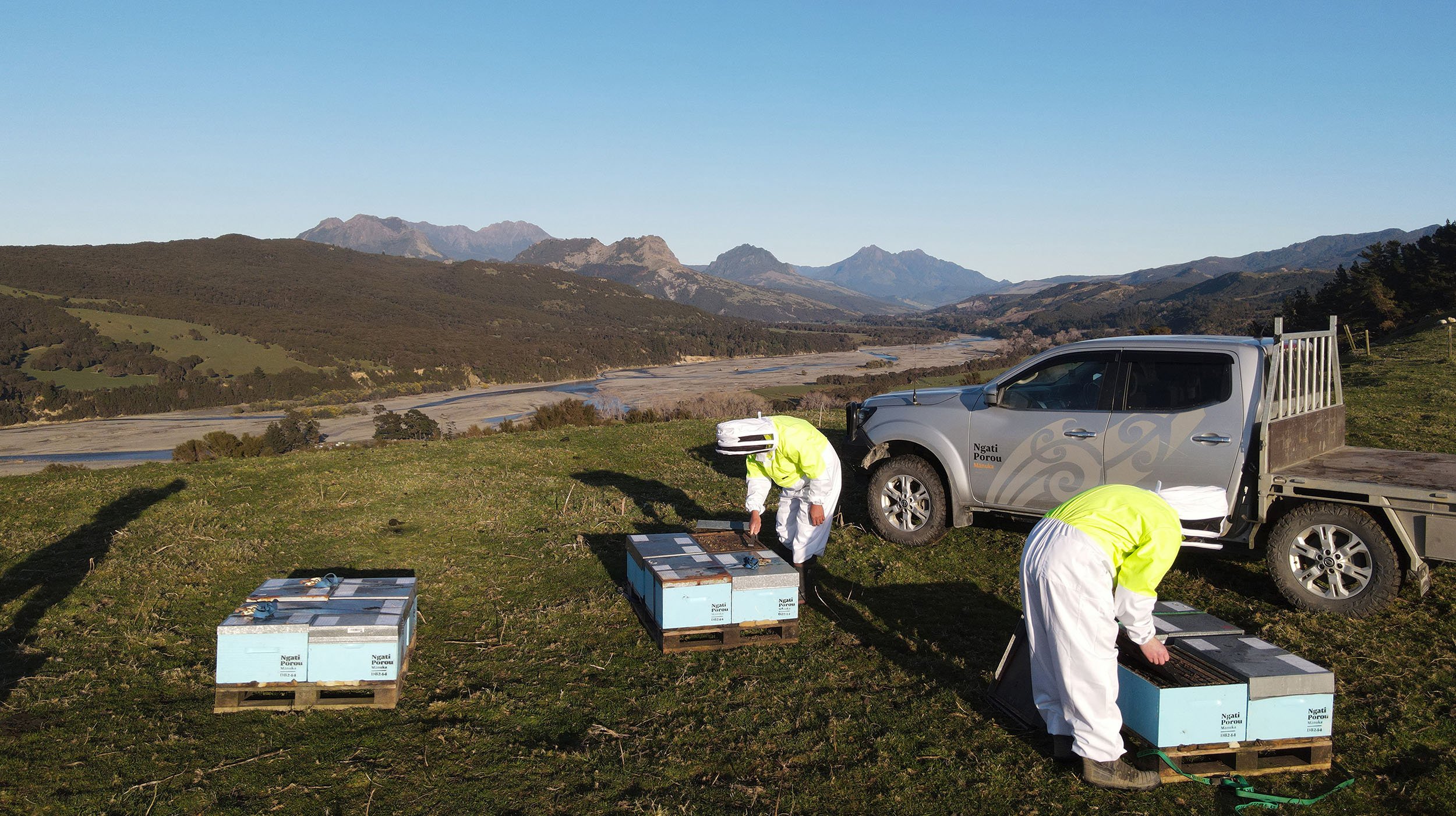
Environmental Innovation
/
Redesigning from the ground up, considering environmental, social, and economic impacts through every single step in the life cycle
Arguably the biggest single challenge facing business is sustainability. It’s no longer possible to ignore the implications of continuing to produce more stuff. Climate Change response is the greatest challenge we will face this century.
Sustainability isn’t a pretty glamorous process of using recycled materials. It’s about redesigning every single aspect, from sourcing materials, and designing to production shipping and designing ways for correct re-utilisation after use
Design is a powerful tool to help think about products and solutions as complex systems and make better decisions to reduce the impact of the environment and reduce global warming potential. There is a well-quoted statistic that says around 80% of the ecological impacts of a product are locked in at the design phase. If you look at the full life cycle of a product and the potential impacts it may have, be it in the manufacturing or at the end-of-life stage, the impacts are inadvertently decided and thus embedded in the product design, put there at the design decision-making stage.
/ Our Approach
At Virtuo, we move the world forward by designing better more sustainable products. This process begins by setting a baseline, benchmarking current performance and measured impacts, and designing-out waste while designing-in optimum use of materials and resources through every step of the product life cycle.
When sustainability is applied effectively, it enlightens us to the impacts that the product will have across its full life cycle, enabling your organisation to make all efforts to produce products that fit within the system it will exist within in a sustainable way, that it offers a higher value than what was lost in its making, and that it does not intentionally break or be discarded when it is no longer useful. Provisions should have been made so that there are options for how to maximize its value across its full life cycle and keep materiality in a value flow.
/ Insight Capabilities
Establishing a Baseline & Benchmarking Performance
What problem areas need to be solved? The first step in your sustainability journey should be to understand your performance. This should canvas materials, energy, water use, toxicity, as well as the waste your generate and emissions and impact you have on the environment. Understanding your current impact areas helps you identify where you are now and where you should focus.
Product Service Systems & Product Stewardship
One sustainable design strategy is to move from single-use products to products that fit within an integrated closed-loop system. When implemented effectively, product-service systems (PSS) reduce environmental burden and resource use across the whole system and product-service lifecycle. PSS enable genuine Product Stewardship, where producers can actively take responsibility for the full life of the things they create and sell, sbuilt into the business model.
Natural Bio-materials
Biomaterials refer to materials derived from or produced by biological organisms like plants, animals, bacteria, fungi and other life forms. There is also a class of materials known as polymers composed of monomers that are assembled biologically. We are actively involved in the development and application of naturally derived and bioengineered materials. This field is important as it provides a linear system where the materials at end of product life can return naturally and safely to nature as food for other living organisims.
Setting the Vision
Once the key impact areas have been identified, we map out all assumptions and frame hypotheses towards the reasons behind the issues and commercial factors. Then we form a kvision for the future system, making what you are trying to achieve clear and tangible. In this process we can determine the Functional Unit and System Boundary, to form a setof new performance targets for environmental process improvement.
Life Cycle Assessment
Life Cycle Assessment (LCA) is a technical analysis that seeks to measure and evaluate the potential environmental impacts throughout the entire life cycle of a product (materials, manufacturing, distribution, use and end-of-life phases) or service. LCA is the gold standard methodology to verify environmental impacts and substantiate marketing claim.
Designing out Waste & Emissions
Reduce, Reuse and Recycle is often referred to within waste minimisation strategies. We often engage in projects that explore how to turn waste into higher value materials and solutions. This can be waste generated through a specific operation as a biproduct, or at end of product life. This process explores what unique attributes may exist within the waste, through characterisation, to identify what new use applications could exist for biproduct materials, and design for dissasembly, recycling and remanufacture.
/ Relevant Work
Rubisco
Developing a brand and growth strategy for New Zealand hemp: from ingredient story, product innovation systems, to the commercial roadmap and international business.
OceanWool
We set out to create a 100% natural and infinitely biodegradable packaging solution to help combat the global addiction to plastic.














